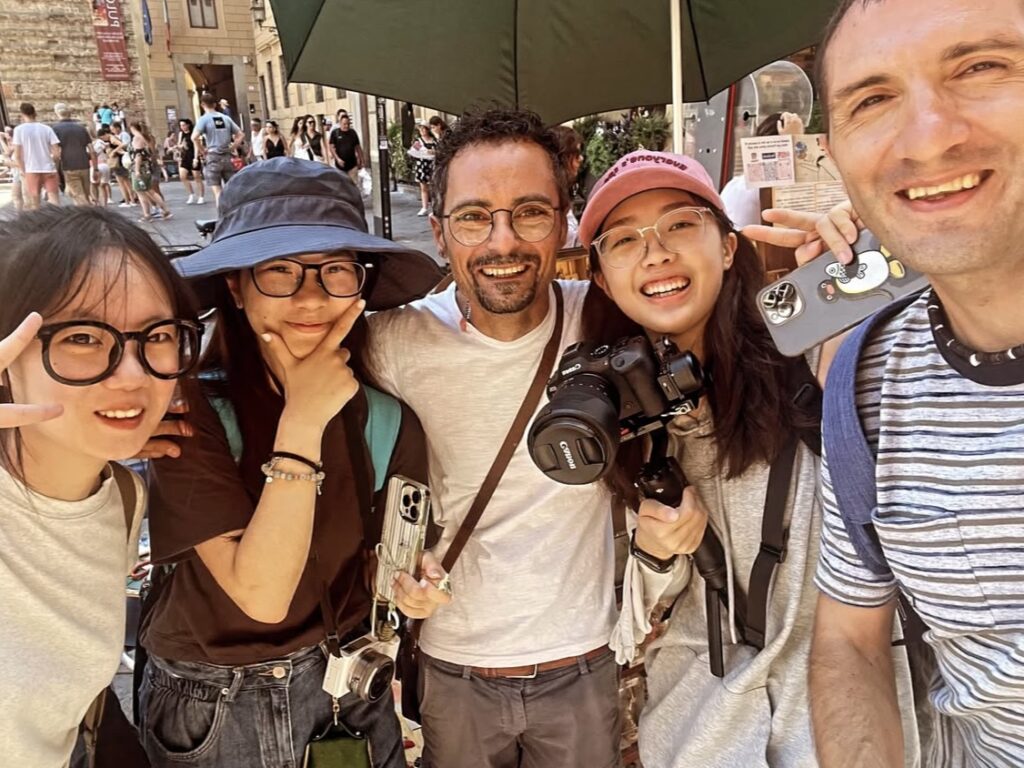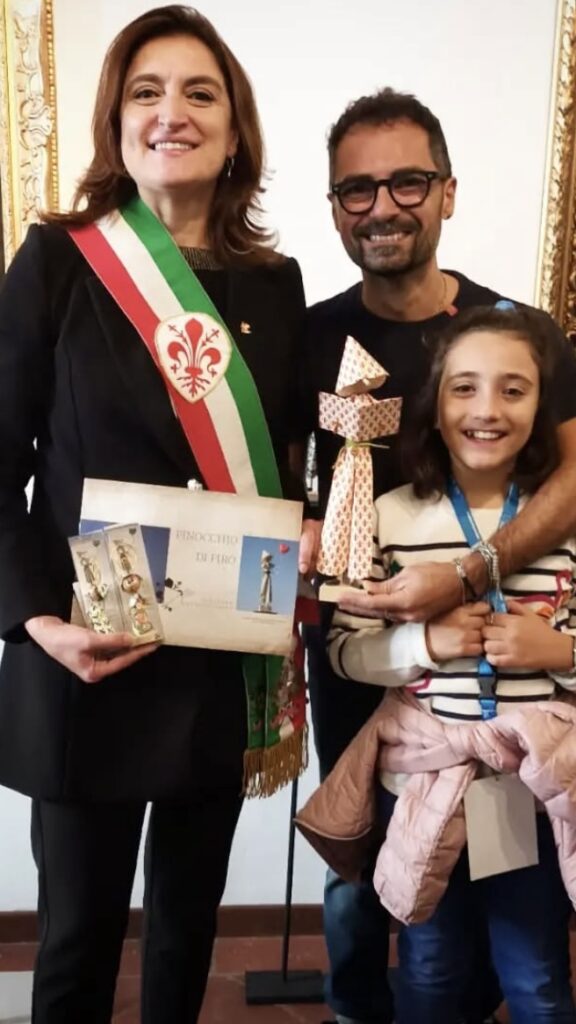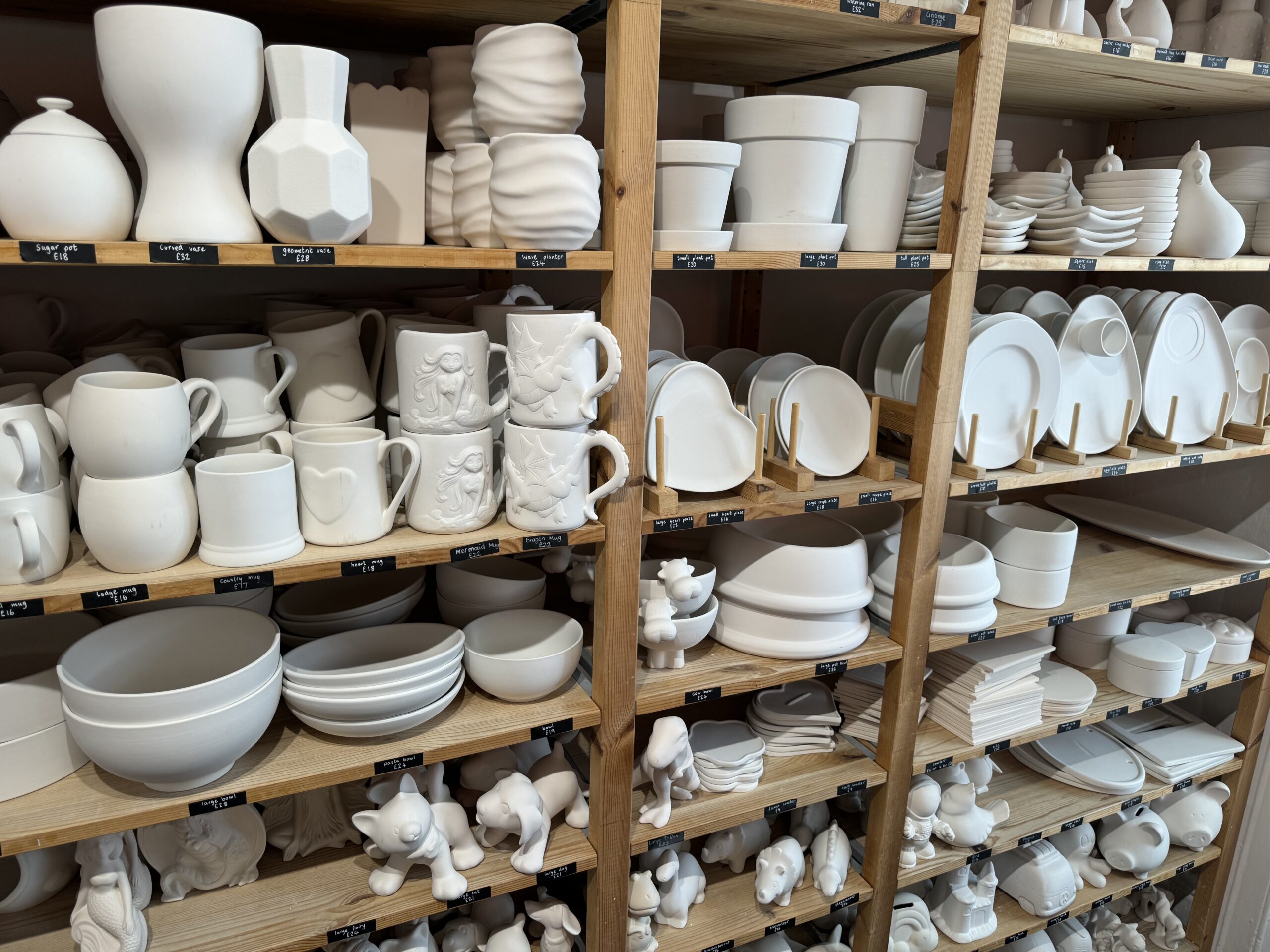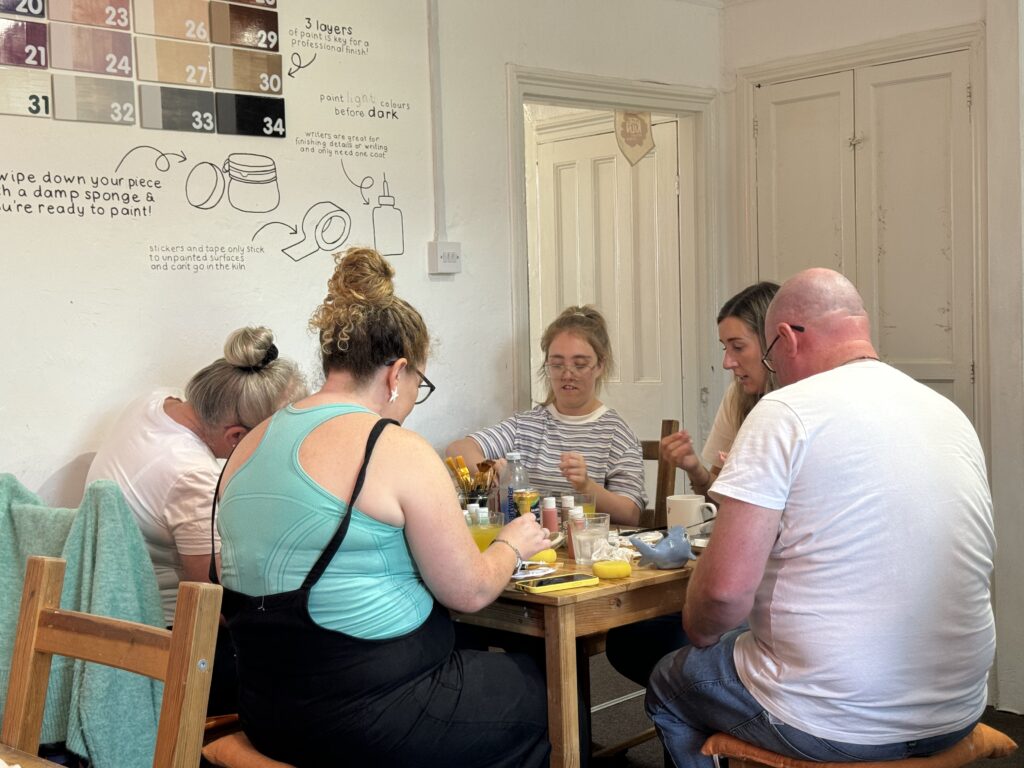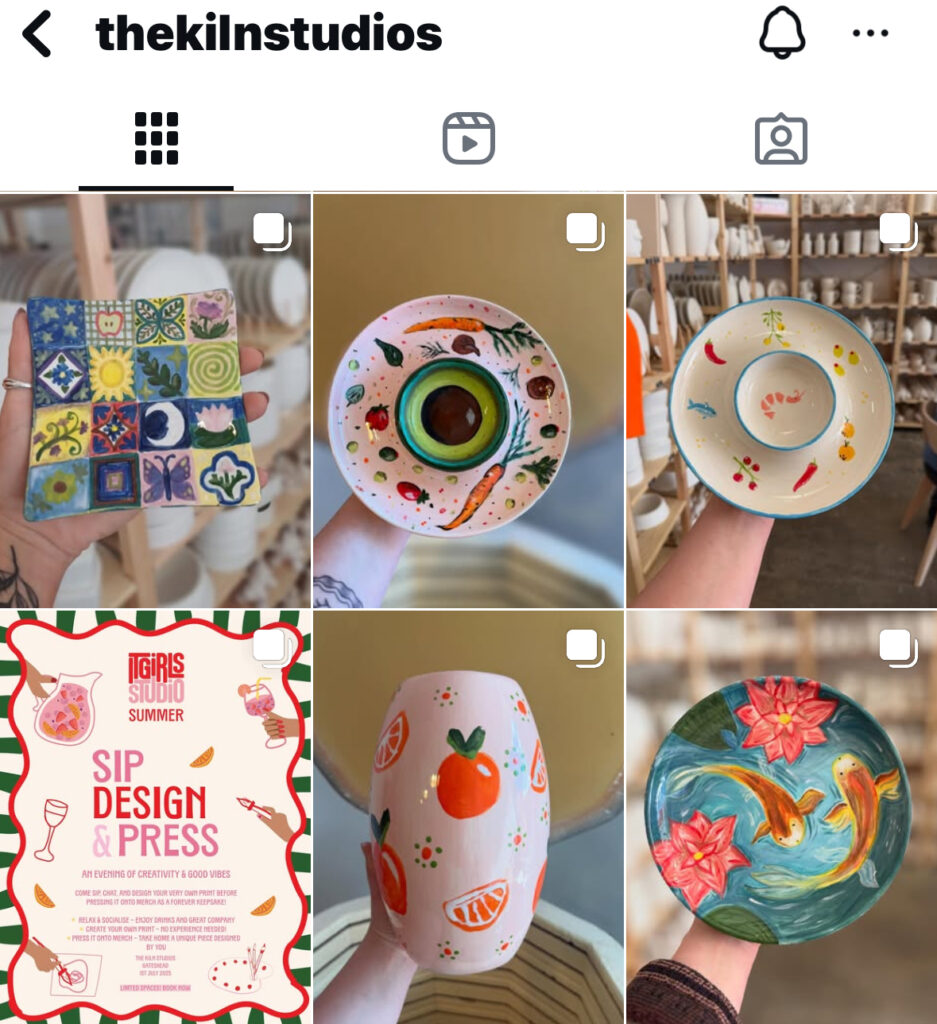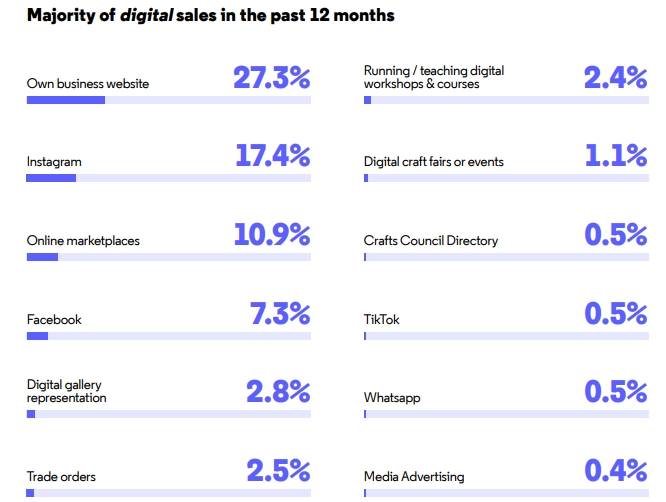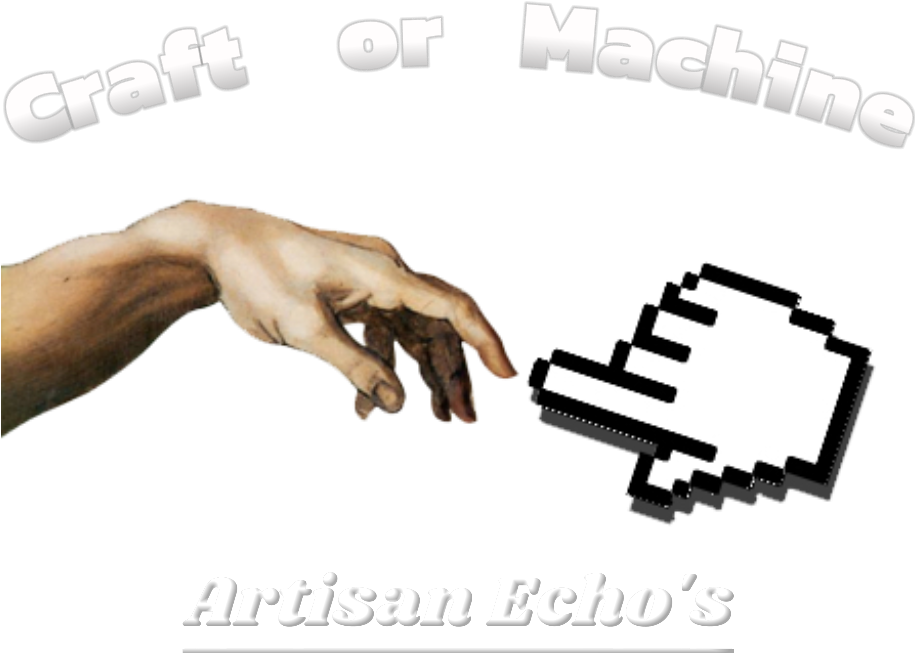Emotional connection: the core value of handmade products
In today’s world dominated by industrialized production, handmade products, with their higher prices, still hold a significant market share. According to a survey on handmade goods purchases by the renowned online shopping platform Etsy, searches for “handmade gifts” on Etsy increased 238% year-over-year in the first quarter of 2024.
Consumer Psychology expert Dr. Samantha Worthington noted in an audio interview,

“Handmade products create a deeper emotional connection. Buyers not only identify with the creator’s story, but through their purchases, they directly support individual workers rather than large corporations.”
Moreover,she emphasized that this “emotional premium” comprises three key elements: Uniqueness (consumers value), Ethical Consumption (a focus on sustainability), and a psychological desire to Resist fast-food consumption.
The practice of Abigail Brown , a collector and handicraft artist, embodies this theory.Why does she still gravitate towards collecting “handmade” items in today’s world of highly efficient machine production?

“Every handmade piece carries the cultural DNA and traces of the maker’s life,” she said , “The love that goes into an object can never be replicated by machine-made products.”
“It’s a connection to people, to cultures, their different lives and stories. Each handcrafted item will always be unique and there’s something very special about that.”
Social Media: A Catalyst for Consumer Decisions
The survey results show that “crochet is rapidly growing in popularity in searches and social media hashtags, and it dominates TikTok hashtags.”

Furthermore, according to Google search volume analysis, searches for “best wool for crochet” increased by 22% year-over-year, demonstrating that handicrafts like knitting have become a major trend among consumers.
Samantha analyzed this from a behavioral psychology perspective:
“Social platform algorithms reinforce users’ value orientations. After consumers search for handmade products, the system builds trust through repeated exposures.”
Citing the theory of “Confirmation Bias,” she explained that this exposure mechanism can increase awareness of handmade brands.
Abigail’s collecting behavior is also influenced by digital technology. She not only promotes her independent sales website through social media platforms,but also posts her collections on Instagram, connecting with other like-minded collectors and boosting sales for her brand.
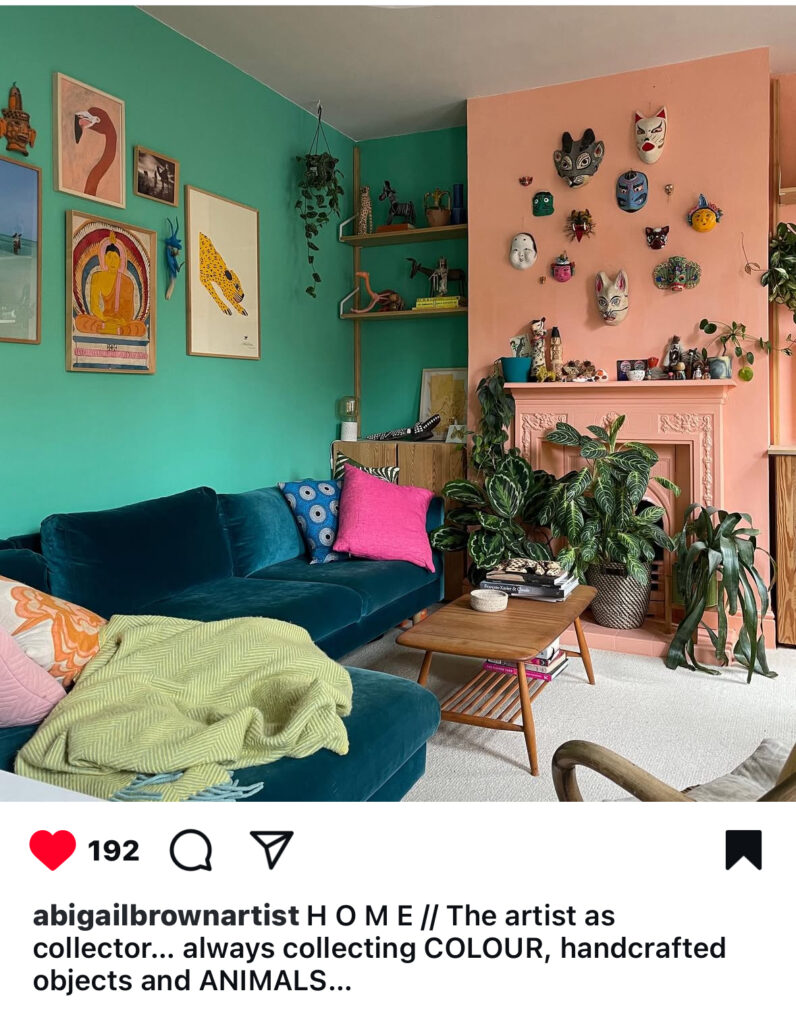
(Credit: Abigail’s Instagram post)

(Credit: screenshot from Abigail’s Website )
Overall,social media platforms are the preferred medium for content distribution.90% of B2B marketers report that they use their brand’s social media platforms to distribute their content to their audience.
Identity expression: The underlying motivation behind collecting behavior
Regarding factors influencing collecting behavior, such as the background of the creation, Abigail noted:
“It doesn’t affect my decision to buy or not—it’s the piece itself that attracts me, but I like to learn about the maker and their process whenever possible.”

(Credit: Abigail’s Instagram )
“Handmade products are an extension of consumers’ self-identity,” as Samantha mentioned in the interview audio.

According to survey data from Craft Council, uniqueness is the primary reason consumers purchase handicrafts, accounting for 51%.
Survey data about the reason of buying crafts
(Credit: Craft Council website)
Therefore, consumers feel they own something very unique and original, which creates an emotional connection. They view originality and handmade products or goods as expressions of their own identity and taste.
Based on the above interviews, we delved deeper into the real reasons behind handcrafted item purchases. Abigail expressed her deep love for handcrafted items, saying,
“The signs of someone’s hand, their individuality, their uniqueness affecting the item—that makes it very special. It feels to me that a handcrafted item carries a little of the soul of the person who made it; the marks of the maker’s hand tell a story.”
This demonstrates that while standardized, machine-made products meet basic functional needs, handmade products are carving out new market space in terms of emotional value and identity.Industry observer points out that the forecast period from 2024 to 2032 holds immense potential for the handicrafts market, with an anticipated CAGR of 11.8%.
Handicraft brands that combine craftsmanship heritage with innovative expression will continue to be a popular trend. This is not just a commercial phenomenon,it also reflects the industrialized society’s contrarian desire for the humanistic spirit.

About The Interviewee
CEO & Founder of WORTH Women Consumer Psychology and Human Behaviour Specialist | Strategic Commercial Business Expert | Author | Keynote Speaker | Business Woman of the Year (BWASA) 2016

About The Interviewee
British multidisciplinary artist and folk art collector (@22k Instagram followers),fascinated by handmade objects bearing creators’ marks
This website is produced by journalism students. The views expressed on the site are not that of Newcastle University. They are the personal views of the student editors and contributors to this website. Seek professional advice for any health-related matter. Every effort is made to ensure that information contained on this website is accurate and up-to-date. However, information is subject to change and we can not accept liability for the accuracy of all the information presented at any given time. We do occasionally provide links from our website to information from third parties. We accept no responsibility for information obtained through such links.

